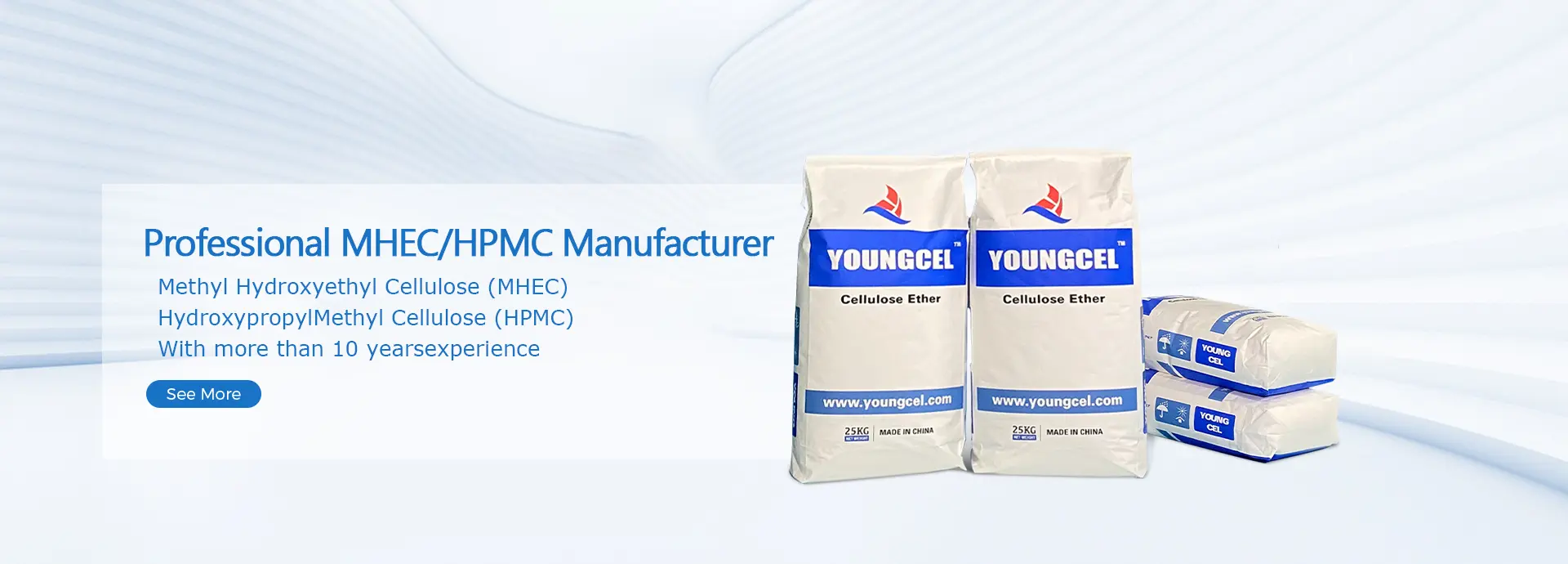HPMC Factory Price Understanding the Market Dynamics
Hydroxypropyl Methylcellulose (HPMC) is a versatile, non-ionic cellulose ether widely used in various industries, including construction, pharmaceuticals, food, and personal care. Its unique properties, such as high water retention, excellent film-forming ability, and thickening properties, make it an essential ingredient in many formulations. Understanding the factors that influence HPMC factory prices is critical for manufacturers, suppliers, and consumers alike.
Factors Influencing HPMC Prices
1. Raw Material Costs The primary factor affecting HPMC prices is the cost of raw materials. HPMC is derived from natural cellulose sources, mainly wood pulp. Fluctuations in the prices of these raw materials directly impact the production costs of HPMC. For instance, an increase in the price of wood pulp or changes in the availability of cellulose might lead to higher production costs, which manufacturers may pass on to consumers.
2. Production Processes The complexity of the manufacturing process also affects factory prices. HPMC is produced through chemical modifications of cellulose, which requires specialized equipment and skilled labor. If a factory employs advanced technology and efficient production methods, it may be able to produce HPMC at a lower cost. Conversely, older production methods that are less efficient can result in higher factory prices due to increased labor and operational costs.
3. Market Demand Global demand for HPMC has been rising, particularly in developing markets where construction and pharmaceutical industries are expanding. Increased demand can lead to higher prices, especially if supply struggles to keep up. Seasonal fluctuations in demand, such as increased construction activities during certain times of the year, can also cause temporary spikes in prices.
4. Regulatory Environment Stringent regulations regarding product quality and safety can impact production costs and, subsequently, HPMC factory prices. Manufacturers must comply with local, national, and international standards, which may require additional investments in quality control processes and certifications. These costs are often reflected in the factory pricing structure.
5. Geopolitical Factors International trade agreements, tariffs, and geopolitical tensions can influence the pricing of HPMC. For instance, if a major producer faces tariffs on exports, this can increase the cost of HPMC in countries that rely on imports. Additionally, logistical challenges, such as shipping delays or transportation costs rising due to fuel price increases, can further impact factory prices.
hpmc factory price

Regional Price Variations
Prices for HPMC can vary significantly across regions. In areas with robust industrial activity and higher production capacities, such as China, factory prices may be lower due to economies of scale. Conversely, in regions where production is limited or reliant on imports, prices may be markedly higher. Understanding the regional dynamics can help buyers negotiate better deals and make informed purchasing decisions.
Future Trends
As the demand for HPMC continues to grow, driven by sectors such as construction and pharmaceuticals, the market is likely to see increased competition among manufacturers. This competition could lead to innovations in production processes and the introduction of cost-effective alternatives, potentially stabilizing or reducing factory prices over time.
Furthermore, sustainability is becoming a significant concern, prompting many manufacturers to explore eco-friendly production methods and raw materials. While this shift may initially lead to increased costs, it could also create new market opportunities and potentially influence factory prices positively in the long run.
Conclusion
HPMC factory prices are shaped by a myriad of factors, including raw material costs, production efficiency, market demand, regulatory frameworks, and geopolitical influences. For stakeholders in the industry, staying informed about these dynamics is essential for making strategic decisions. As the market continues to evolve, continuous monitoring and adaptation will be key to staying competitive in the ever-changing HPMC landscape.
-
The Application and Significance of Construction RdpNewsMay.19,2025
-
Industrial Grade HpmcNewsMay.19,2025
-
Building Coating Adhesive Building Coating Adhesive HpmcNewsMay.19,2025
-
Application Of Hpmc For Detergent For Detergent In DetergentsNewsMay.19,2025
-
Application Of Hpmc Cellulose In Cement-Based MaterialsNewsMay.19,2025
-
Application Of High Quality Hpmc For Construction In The Field Of ConstructionNewsMay.19,2025




